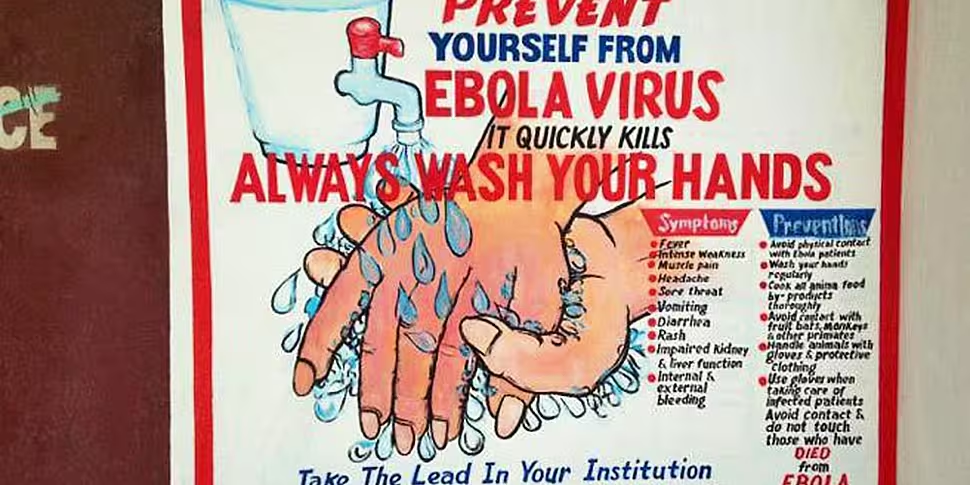Ebola is a virulent virus that has killed thousands during the latest outbreak and is notorious for its low survival rate among suffers of the full-blown disease. Here we explain what it is.
What is Ebola?
Ebola is a virus that can develop into a full-blown disease known as Ebola haemorrhagic fever (Ebola HF) or Ebola viral disease (EVD), which in some patients leads to massive internal and external bleeding.
Contrary to popular belief, it is not flesh-eating, but destroys living tissue cells, which leads to the haemorrhaging, or bleeding.
Is it always fatal?
Up to 90% of people who contract the full-blown disease die. It is not known why others survive.
How is it transferred?
Ebola is transferred from person to person through contact with the blood or secretions of other bodily fluids of infected people.
It can also be caught from infected animals or during burial ceremonies in which mourners come into contact with dead victims.
Sufferers who are recovering after surviving the infection are known to have passed on the virus through sexual intercourse.
What are the symptoms?
Ebola often starts with a rapidly developing fever, intense weakness, muscle pain, headaches and a sore throat.
This is followed by vomiting, diarrhoea, a rash, kidney and liver problems and bleeding.
In some patients death can be very painful, as the disease destroys connective tissue and also attacks skin and internal organs. The time from infection through to appearance of symptoms is between two and 21 days.
How can it be prevented or treated?
There is no vaccine for Ebola. Besides intensive supportive care to replace lost fluids (eg oral rehydration solution), the only medicine for the illness is ZMapp.
The experimental drug has been credited with saving lives since it was tested on sufferers for the first time this year.
However, it has not yet been subject to randomised clinical trials to establish its safety and whether it works.
Where does it come from?
The disease was first identified in Zaire in 1976, in a part of Africa that is now part of the Democratic Republic of Congo.
It is believed that fruit bats may be one of the hosts and is also known to be present in monkeys and apes.
It is thought it may have made the leap from animal to human through the custom of consuming bush meat, which is common in some parts of Africa.
How dangerous is it?
It is classified as a level 4 biohazard, regarded as the most dangerous and requiring decontamination for those who work with it.









